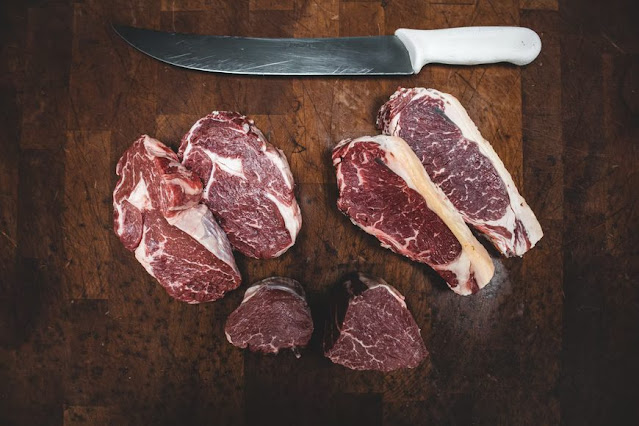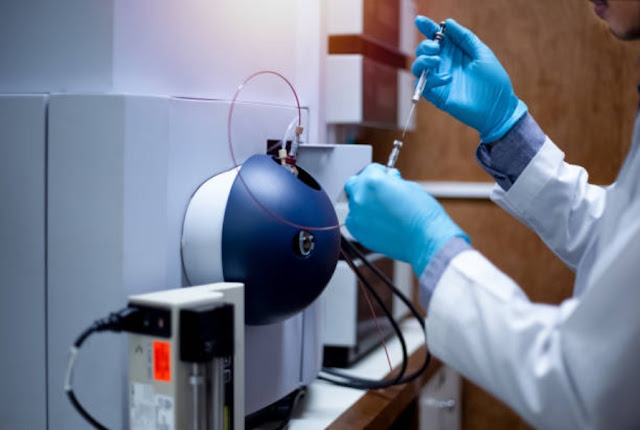Is eating raw meat bad for you? Here's how to eat it safely

So is raw meat bad for you ? In reality, eating raw meat can
pose health risks if you do not follow some small precautions.
Choosing the meat to eat raw
For raw meat it is to be understood fresh raw meats and raw
meats preserved without undergoing a thermal process (smoking, drying, salting,
dehydration by pressing and so forth).
On one side there is the meat of young beef, horse and duck
while on the other side there is the meat of beef, pork and horse.
The raw meat to eat is the meat of a young animal as they
are more tender.
As for the cuts of the animal, however, it is preferable to
opt for lean parts of the thigh (rump, round and walnut), preferably with a
maturation of between 20 and 30 days which makes it dry and fragrant.
Chicken and pork are excluded from the list of meats that
can be eaten raw because they are carriers of dangerous microorganisms such as
bacteria, parasites and viruses.
Both chicken and pork must be cooked to perfection to kill
any microorganisms present.
Rather than eating this raw meat, it is preferable to opt
for a sous vide cooking carried out at a low temperature. The result will be
succulent, tender and exquisite.
Eating Raw Meat: Risks
The debate regarding the nutritional aspect of raw meat is
still open, but in principle we can say that the absence of cooking preserves
the organoleptic properties of the meat.
The raw meat in recipes for tartare, the raw meat at the
Gypsy or carpaccio of raw meat provides a heat-sensitive vitamins boost as the
B vitamins and vitamin A and minerals like calcium, magnesium, potassium,
sodium, iron and chlorine.
On the other hand, however, it is necessary to recognize a
difficulty in digestion by the body, nothing that cannot be overcome with other
processes and the use of acid condiments such as lemon.
To mark a border line is mostly the hygiene of raw foods as
they are potentially sources of pathogens such as bacteria, viruses and
parasites.
More specifically, meat can be subject to bacterial
contamination due to an incorrect slaughter process, viral contamination linked
to the animal (but not necessarily harmful to humans) and parasitic
contamination (parasites present in the tissue such as toxoplasma or arrived in
following slaughter such as giardia).
Added to this is the possibility that raw meat can also be
contaminated by prions, ie proteins that change structure during the process
from slaughter to the table such as those of the so-called "mad cow".
These risks help us better understand why specialists advise
against eating raw meat when pregnant .
The risks associated with the consumption of raw meat
disappear with the cooking of the same which can kill any pathogen.
Store raw meat
The raw meat must be eaten quickly to prevent the
proliferation of bacteria and the associated risks.
In general, raw minced meat can be kept in the fridge for up
to 24 hours and other cuts for up to 3 days. The essential thing is that it is
closed in a food container.
An alternative is to proceed with the vacuum preservation
which in fact allows you to keep the raw meat in the fridge for a week.
To keep raw meat longer, it is sufficient to freeze it
separated by type in the coldest place of the freezer in order to create an
environment hostile to the proliferation of pathogens.
In this cases it is better to avoid eating thawed raw meat,
partly because it loses quality and partly because nutritional values are lost.


